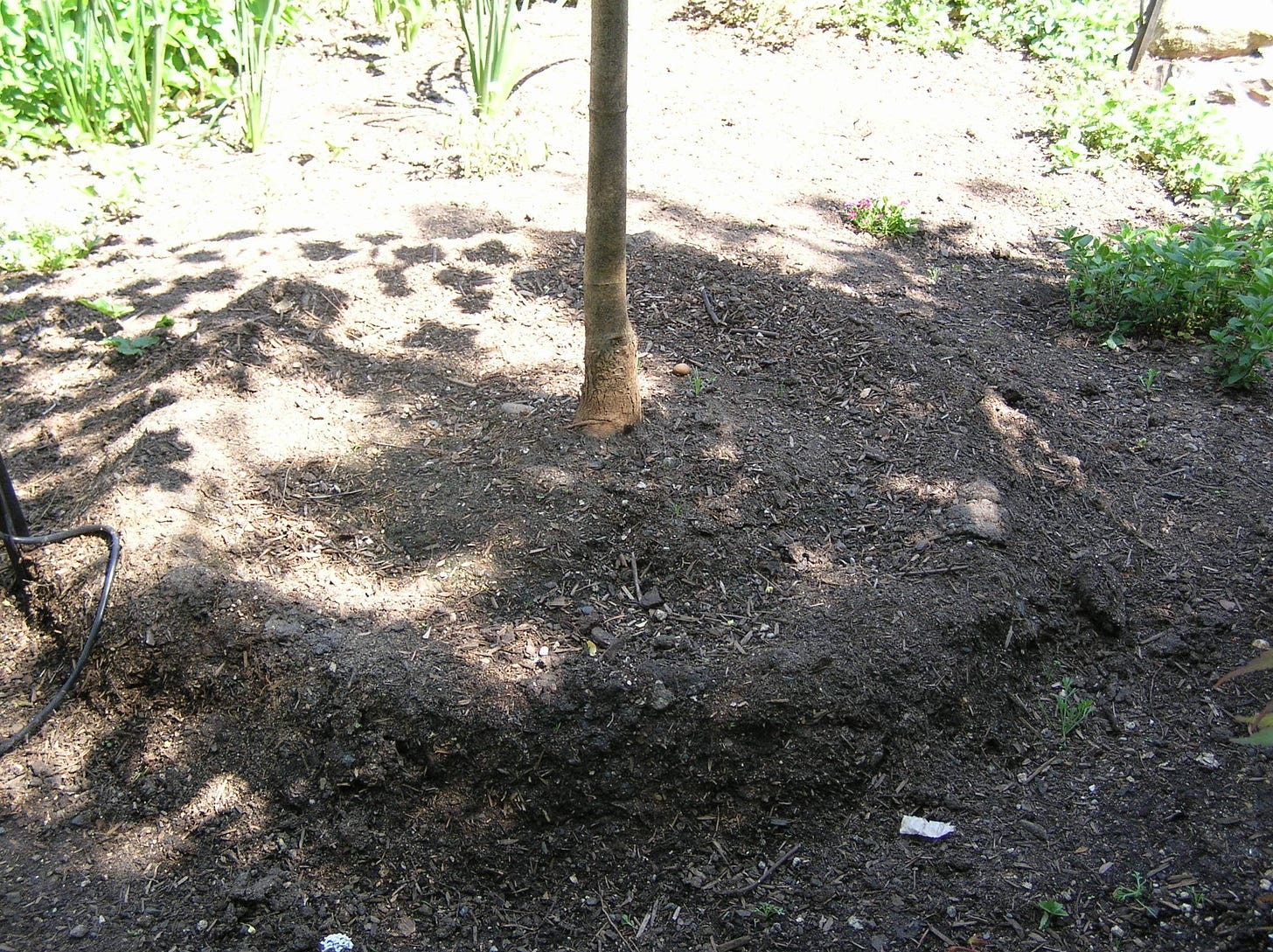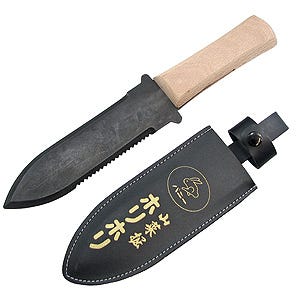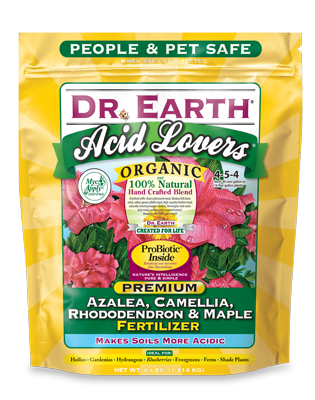2 Common Mistakes that Cause Plant Problems, and What To Do About Them
Proper Planting and Proper Use of Fertilizers is consistently where I see the most problems that detract from the beauty, health, and longevity of gardens.
Proper Planting
This is how you establish your plants for the long haul - giving them greater health and life expectancy. Taking the extra time and care when planting your plants into the ground or transplanting them is important. It can save you from losing them in this process, aside from adverse weather conditions you have no control over. This is the time to go the extra mile, and is ESPECIALLY important when planting trees and shrubs because they aren't easy to move and replant once they get established properly.
Here is my step-by-step list for transplanting that you can use with most trees, shrubs, and small plants. With tiny plants and ground-covers the following isn't as important because they tend not to have the root boundedness problems, and are not as affected by planting low or at surface level of the soil.
When you take your plant out of the pot make sure to use your Hori-Hori tool (pictured below) to undo any root-boundness and open out the root system.
Saturate the root system by either spraying it thoroughly with water until it is well saturated with water, or soak the transplant in a bucket before you put it in the ground.
When you go to put it in the ground, mound up and plant high. Better to air on the side of planting too high above the general surface level of your soil then too low. Planting too low is often the cause of disease and premature plant death.
Lastly, water in your new plantings thoroughly and keep the roots moist until they show you they are happy and growing. This is especially important if it isn't raining steadily or we are in a dry season.
Trees that blow over in windstorms are most likely planted improperly, without being set to have a good grip and root system established. This makes them unstable and easy to tip over. When a tree is properly rooted, the base of that tree should be solid like a rock. When trying to shake it back and forth where the base meets the soil, it should not move at all. It should be UNSHAKABLE and you should be able to feel that it is rooted into the ground firmly.
Proper Use of Fertilizers
When it comes to using fertilizers, they are generally best used when your plants are already established in the ground in my experience. Compost and soil amendment specific to the plants you are planting works better when planting and transplanting plants. I want to save you mistakes I made using fertilizers. I've seen them cause more problems in general - especially in the context of planting and transplanting.
The bottom line is that fertilizers when transplanting and planting, can either shock your plants and/or kill them. It's too much energy coming into the root system when the plant needs to focus on its new soil home, and taking a hold there without the kick from a fertilizer.
Follow the planting suggestions above, don't use your fertilizers in this context, and you should see better results if you've had trouble with your planting and transplanting projects. And if you do these things and still run into problems, reach out to me to schedule an on-site garden consultation at your place. I'd love to help you make your garden ROCK!
Straight Up & Free with James D is a reader supported publication.
If you found this valuable and educational, and appreciate the craftsmanship and care I bring in providing this content, please consider upgrading your subscription to support my work. You can also give a gift subscription, or make a one time donation.
Thank you!




